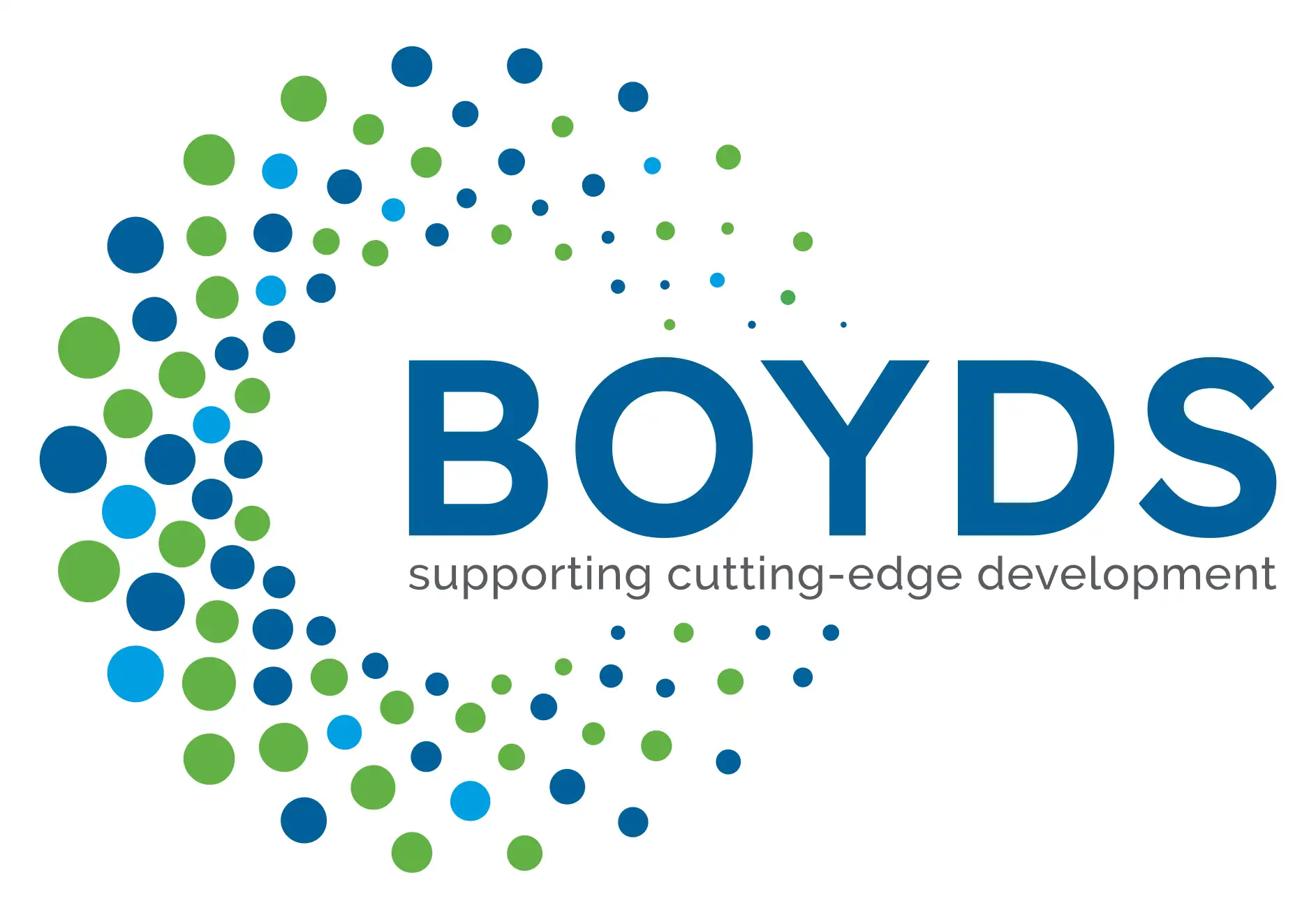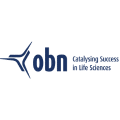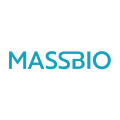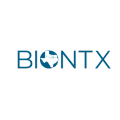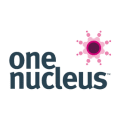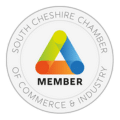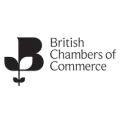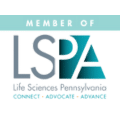In the third and final article in the series on Orphan Drugs, Bryan Hurst discusses how to overcome the barriers to the development of medicines for the treatment of ultra-rare diseases. To read the first article on orphan drugs, click here, and for the second article, click here.
The decision to invest in developing a treatment for a rare disease inevitably hinges on the potential for profit or loss unless funded by a charity or government. In the case of the very rare diseases (ultra-orphan) it is unlikely that, due to the small number of cases, development costs will be recovered by sales.1 It has been shown that the treatments for less rare diseases can be highly profitable and this has led big pharmaceutical companies to consider orphan product development much more seriously these days. However, this still leaves many lethal and highly-debilitating diseases where the potential for profit is not significant or at best, not easily quantifiable, which may make such2 unattractive to investors and therefore, securing investment to run them very difficult. In the last of this series of articles we will focus on ways of increasing the potential for profitable or subsidised investment by addressing some of the barriers to cost-effective orphan and ultra-orphan drug development.
Regulatory authorities have introduced legislation to encourage orphan drug development. These measures include financial incentives, access to additional advice and support, and extended data/market protection. These mechanisms have had various levels of success. However, despite additional funding, such as grants available from government and charitable organisations in some territories (e.g. the UK MRC and the Wellcome Trust, respectively and the European Commission’s Horizon 2020 scheme) additional, significant funding is still needed to develop an orphan drug. In the absence of big pharma interest, smaller virtual companies and Universities are now starting to investigate ultra- orphan drug possibilities. In addition, particularly in the US, patient support groups, high net worth individuals and families have provided funding.
Many Universities are now trying to match ultra rare diseases with chemical and biological entities that have therapeutic potential. Although novel research has identified many potential drug targets, access to libraries of suitable molecules and the development of sufficiently informative assays to identify the most promising leads in any given indication has to date been a limiting factor. A number of chemical supply companies 3have recognised this as a problem and are providing assistance in the form of access to compound libraries based on the list of drugs approved by FDA
Even with access to a compound library, setting up drug screens and selecting development candidates is still fraught with difficulty. Even if some molecules show binding to a target there are other factors to consider, such as:
- Patent protection
- Availability of preclinical pharmacology and toxicology data
- Manufacturing
- Likelihood of obtaining marketing approval
- Commercial potential
Any or all the above may preclude successful drug development. Universities and virtual pharmaceutical companies tend not to have the expertise to judge drug development potential of candidates. Organisations that recognise this potential failing and bring in expertise are less likely to waste precious resources on compounds with little hope of becoming an approved medicine.
To obtain funding from venture capital sources normally requires a package of information for due diligence review to satisfy investors that the project is viable. The conventional approach is to have a Target Product Profile (TPP) and a costed Clinical Development Plan (CDP). Alternative sources of funding may include collaborations between specific disease charities and small biotech companies with a potential therapy for the disease.
More creative funding opportunities are needed 4 and it could be proposed that the NHS could enter into partnerships with drug developers to reduce the development costs for clinical studies and in return get a share in any profits made when the product is granted regulatory marketing approval. Recently, it has been reported that government are working on an initiative to streamline drug development by fast-tracking 5 new medicines a year to NHS patients5. However, government policies and frameworks take time to develop and this will not be an overnight solution – and, given drug development failure rates are still high even in rare diseases, this would not be without financial risk for the NHS.
Having obtained orphan drug approval and funding, the final set of hurdles involve putting together an expert team to develop the asset through all phases of its development, including clinical trials. The key factors in setting up a successful team are having the expertise to guide sponsors without sufficient experience through the bureaucratic minefields of trial approval, GCP and package assembly, by having a clear regulatory and development strategy. One key source of experience of drug development is independent drug development consultants with experience of drug development from big and small pharma. To undertake such a perilous journey without guidance is a sure way to fail and potentially deprive patients of a much-needed therapy.
References
- Pharma’s Orphans. Walter Armstrong. Pharmaceutical Executive May 2010
- Drugs for Exceptionally Rare Diseases: do they deserve special status for funding. Hughes D A, Tunnage B, Yeo ST. QJM 2005;98:829-836
- http://www.selleckchem.com/screening/fda-approved-drug-library.html
- Traditional drug-discovery model ripe for reform. Daniel Cressey. Nature; Vol 471 (3 March 2011) :17-18
- (http://www.bbc.co.uk/news/health-41843320
